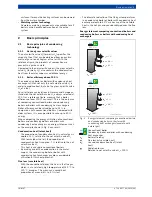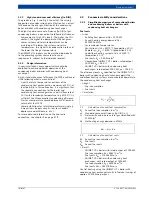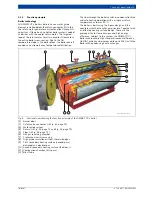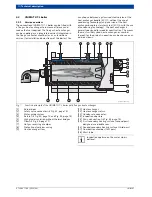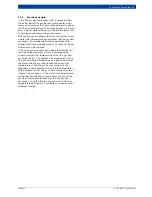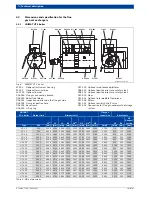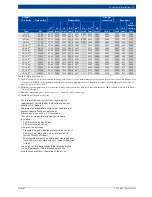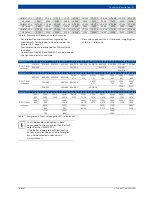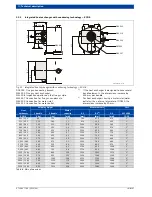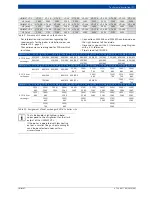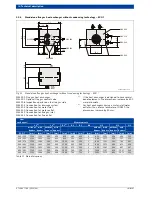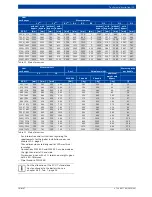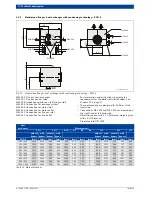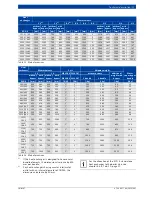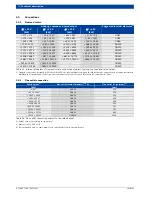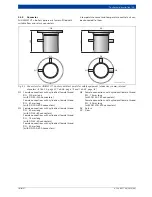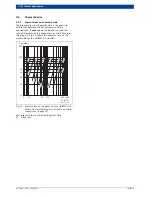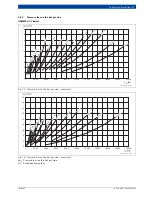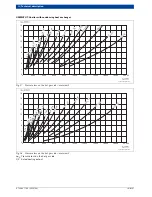
Technical description
|
11
6 720 807 794 (2013/04)
UNIMAT
3.2.2
Function principle
In the flue gas heat exchanger, heat is recovered from
the hotter boiler flue gas by channelling cooler mains
return water through the heat exchanger pipe to reduce
the flue gas temperature. The energy gained in this way
gives a higher boiler efficiency and therefore lower fuel
consumption and lower flue gas emissions.
With the fuels gas and low sulphur fuel oil, aim for as low
a water inlet temperature as possible at the flue gas heat
exchanger. This deliberately creates operation with
condensate (flue gas condensation), so that even higher
efficiency can be achieved.
If the flue gas heat exchanger is operated with fuel oil
(not low sulphur quality), ensure a corresponding
minimum water inlet temperature at the flue gas heat
exchanger of 60 °C to protect it from corrosion on the
flue gas side. With oil operation, an optional control on
the water side can be used to raise the water inlet
temperature at the flue gas heat exchanger to the
required minimum level by mixing in pre-heated water.
With oil operation, for flue gas heat exchangers with an
integral flue gas bypass, if the water inlet temperature
cannot be raised to the minimum level, the entire flue
gas flow from the boiler bypasses the flue gas heat
exchanger, using the flue gas control valve. A flue gas
temperature control unit is available as an option for an
additional charge.





